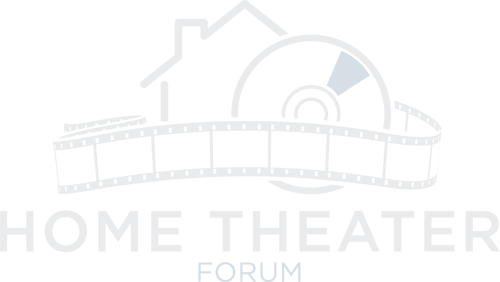Doug2000
Stunt Coordinator
- Joined
- Sep 27, 2021
- Messages
- 86
- Real Name
- Doug
I’m looking to confirm my understanding of how Dolby Atmos works fundamentally and then ask a few questions.
“Dolby Atmos is an Object Based Surround Sound system”. This is the first thing you read when you research Atmos – But when I first heard this phrase I had no idea what it meant. After some digging I realize what it means. Its basically just a mapping exercise.
Object Position) When the sound track is mixed the sound from a physical object (like an actor) is given a position in space using X,Y,Z coordinates.
Speaker Position) Additionally, when the Atmos system is setup for a specific room the position of each speaker is entered into the system using X,Y,Z coordinates.
When the movie is played on an Atmos system the sound comes across the wire (or off the disk) - not as a continuous stream by channel - but attached to software objects (for example an object representing an actor) with a position (x,y,z) in space representing the position of the actor within the scene. All the sounds the actor makes are attached to “his” object and its position in space.
With the above, the system knows both the Object Position and the Speaker Positions. With this and some porcessing power - in real time as the movie is played the Atmos playback system calculates which combination of speakers the sound for each object (the actor in my example) should be emitted from in order to place the sound (from the actor) in the theater room correctly. If the actor is front/left its going to calculate that the sound should come from a combination of the center and the left front speaker and it’s going to calculate the relative volume for each of these speakers to place it correctly. If the actor is closer to the audience perhaps a faint sound is also emitted from the rear left speaker to pull the actor's voice closer to the audience in the room.
In addition to the x,y coordinates Atmos also uses a z coordinate for height. So the mapping is in 3D. And in a real movie there are many object placed in different position at the same time so the playback system is (in real time) calculating the speakers/volumes to be used for all these objects. And, of course in many cases like a fly buzzing around the room (or a jet flying past), objects are moving and these calculations (and the speakers being used for a given object) are therefore constantly being updated as we watch.
This video was very helpful - especially starting at the 5:00 mark.
Questions
“Dolby Atmos is an Object Based Surround Sound system”. This is the first thing you read when you research Atmos – But when I first heard this phrase I had no idea what it meant. After some digging I realize what it means. Its basically just a mapping exercise.
Object Position) When the sound track is mixed the sound from a physical object (like an actor) is given a position in space using X,Y,Z coordinates.
Speaker Position) Additionally, when the Atmos system is setup for a specific room the position of each speaker is entered into the system using X,Y,Z coordinates.
When the movie is played on an Atmos system the sound comes across the wire (or off the disk) - not as a continuous stream by channel - but attached to software objects (for example an object representing an actor) with a position (x,y,z) in space representing the position of the actor within the scene. All the sounds the actor makes are attached to “his” object and its position in space.
With the above, the system knows both the Object Position and the Speaker Positions. With this and some porcessing power - in real time as the movie is played the Atmos playback system calculates which combination of speakers the sound for each object (the actor in my example) should be emitted from in order to place the sound (from the actor) in the theater room correctly. If the actor is front/left its going to calculate that the sound should come from a combination of the center and the left front speaker and it’s going to calculate the relative volume for each of these speakers to place it correctly. If the actor is closer to the audience perhaps a faint sound is also emitted from the rear left speaker to pull the actor's voice closer to the audience in the room.
In addition to the x,y coordinates Atmos also uses a z coordinate for height. So the mapping is in 3D. And in a real movie there are many object placed in different position at the same time so the playback system is (in real time) calculating the speakers/volumes to be used for all these objects. And, of course in many cases like a fly buzzing around the room (or a jet flying past), objects are moving and these calculations (and the speakers being used for a given object) are therefore constantly being updated as we watch.
This video was very helpful - especially starting at the 5:00 mark.
Questions
- Does my above narrative accurately represent the way Atmos works?
- If this is how Atmos works when I setup my Atmos HT receiver – why aren’t I required to enter the position coordinates of all my speakers?
- Is the setup different when a top end commercial Atmos system is setup in a commercial theater with many more speakers (do they enter speaker positions)?
Last edited:
